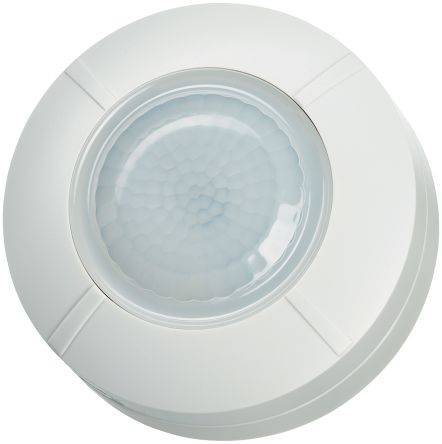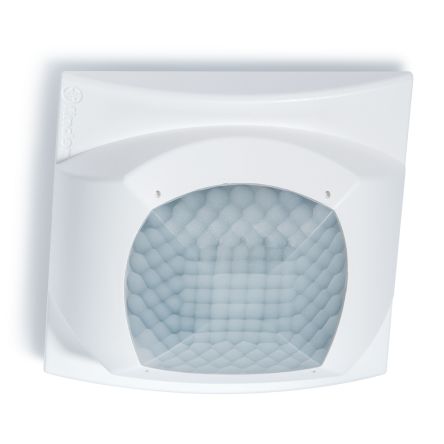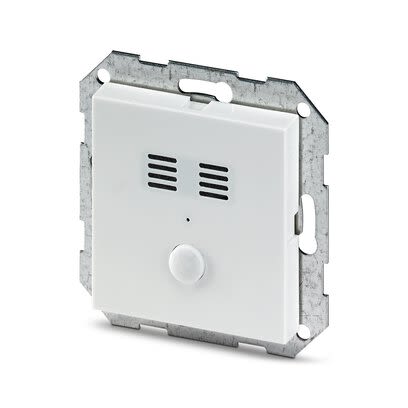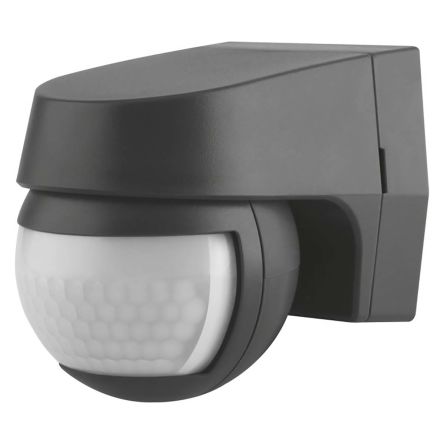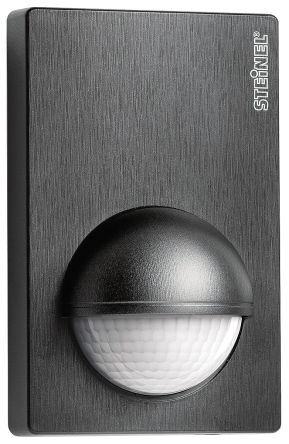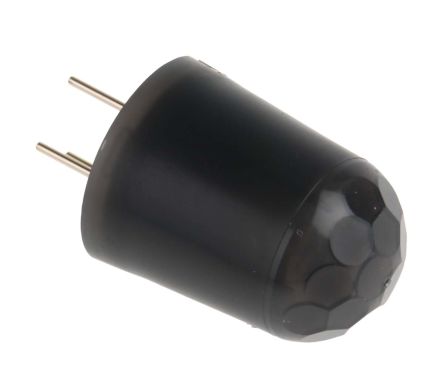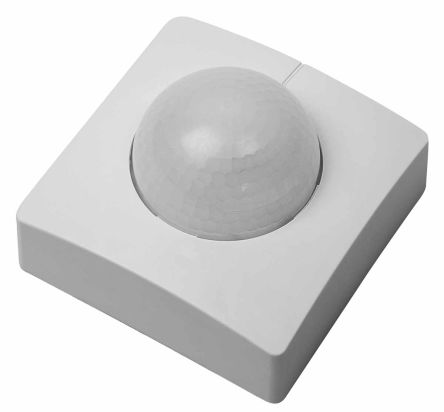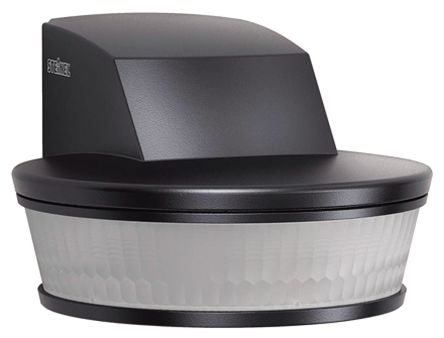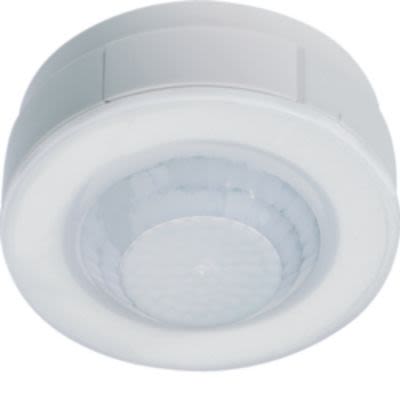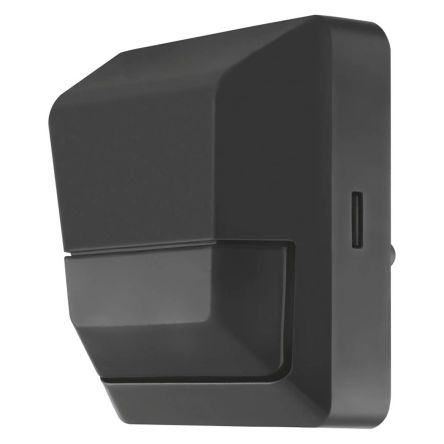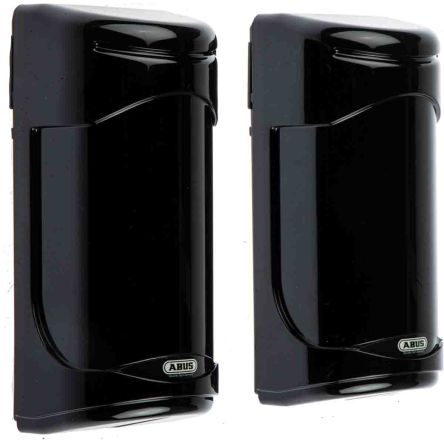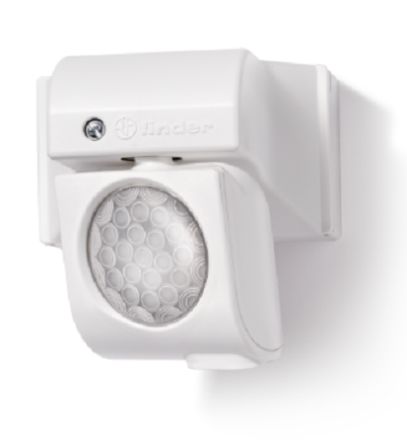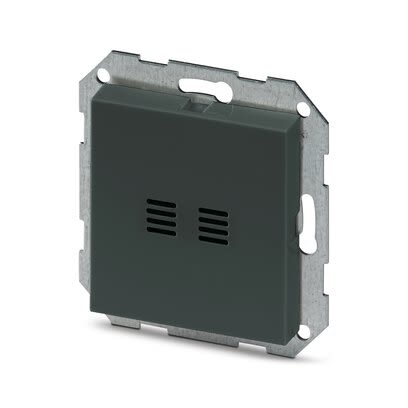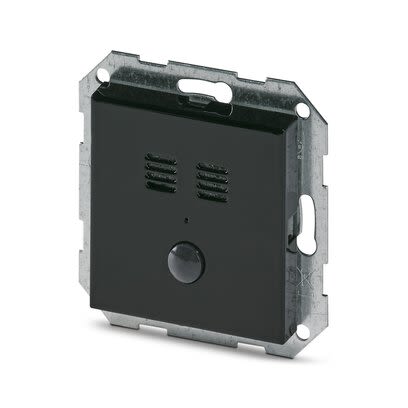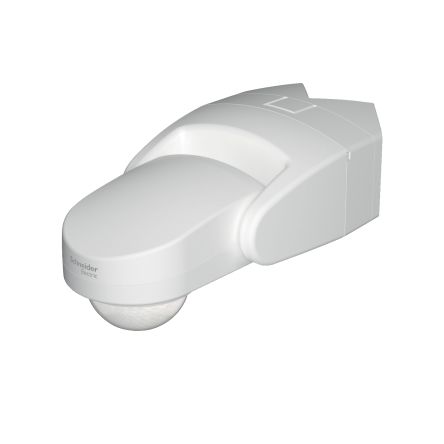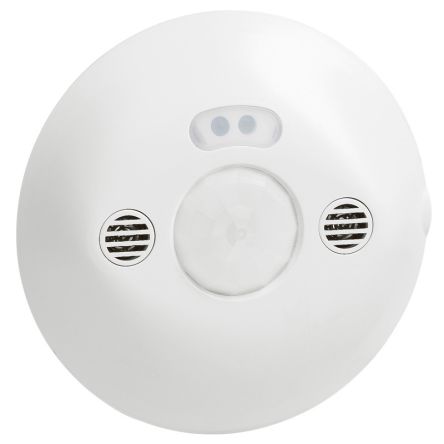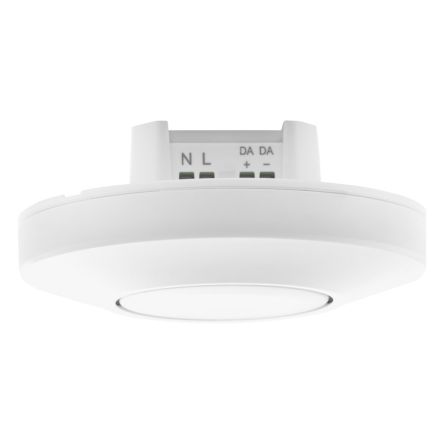- Automation & Control Gear
- Cables & Wires
- Enclosures & Server Racks
- Fuses & Circuit Breakers
- HVAC, Fans & Thermal Management
- Lighting
- Relays & Signal Conditioning
- Switches
- Batteries & Chargers
- Connectors
- Displays & Optoelectronics
- ESD Control, Cleanroom & PCB Prototyping
- Passive Components
- Power Supplies & Transformers
- Raspberry Pi, Arduino, ROCK, STEM Education & Development Tools
- Semiconductors
PIR Sensors
PIR, passive infrared sensors measure infrared (IR) light radiating from moving objects that emit heat. The sensor allows you to detect the motion of people, animals and cars to trigger security alarms and lighting. They are often used in PIR-based motion detectors. PIR sensors are passive due to the fact that no heat or energy is emitted by the sensor and they detect the emission of infrared radiation and not heat. Want to know more? Find out everything you need to know in our PIR sensors guide.
Where are PIR Motion sensors used?
These sensors are used to detect movement and are ideal for security and safety such as burglar alarms and security lighting systems. They can also be called PID passive infrared detectors (PID). They can be used internally and externally and can be mounted to ceilings & walls. PIR sensors have various ranges and styles including pet friendly options (designed to ignore certain shapes of moving objects, or only detect motion above a certain height). PIR sensors are used for applications such as automatically turning on lights when a person enters a room or causing a video camera to start recording.
How does a PIR sensor work?
All objects emit some level of radiation (not visible to the human eye) and the hotter something is, the more radiation is emitted. The sensor detects levels of infrared radiation impinging upon it which varies depending on the temperature of the objects in front of the sensor. When a warm object (person or animal) walks in front, the temperature in the sensor’s field of view will increase from room to body temperature. The sensor converts this change in the incoming infrared radiation into a change in the output voltage and this triggers the detection.
How are PIR sensors installed?
They are quick and easy to fit using the screws and plugs that are supplied to mount an adjustable bracket onto the wall or ceiling. They come in varying ranges, once you know the range of the sensor and how far it can detect you can therefore plan your security coverage. Areas recommended include corners, hallways, patios, driveways, and front and back entries. The ideal position is 2 to 3 metres above the ground.
Motion sensors are also used in the workplace for example to shut down equipment that could be dangerous if the worker gets too close.
These sensors should not be installed:
- Directly above a radiator (change in infrared heat could trigger the alarm)
- Directly looking into a window (sunlight can cause confusion for the sensor)
- In rooms where a number of animals are present
- Near air vents (temperature change might trigger the alarm)
